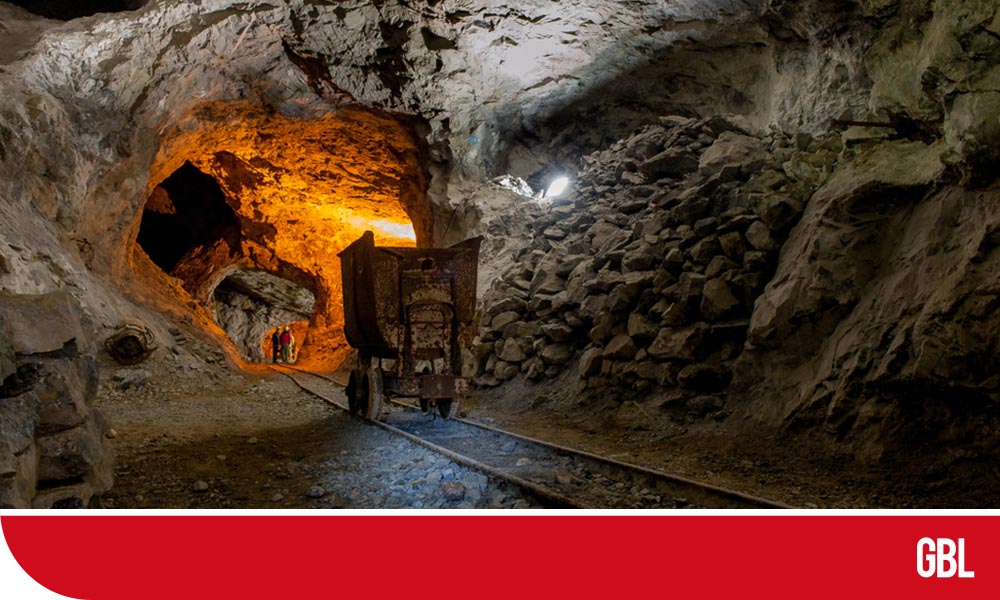Pointers at Glance
- Production cuts in Europe due to the energy crisis and low inventories have sustained zinc prices over the last year.
- Still, headwinds emerging from growth and demand slowdown are now a bigger challenge for the market.
- The latest on production cuts begins from Glencore, which plans to close its Nordenham zinc smelter in Germany from 2nd November.
In September, Belgium-based Nyrstar shut its Budel smelter in the Netherlands. Worries about tight supplies took Zinc to a record $4,896 a tonne in March, but since then, interest rate raises and recession fears have pushed prices back below $3,000 a tonne.
Bank of America analyst Michael Widmer said that Zinc has been relatively resilient due to ongoing concerns over production losses, especially in Europe.
Widmer estimates global zinc production at 14.3 million tonnes in 2022 and forecasts a small deficit of 27,000. About 60% of global zinc production is utilized to galvanize steel. It said that global galvanized shipments/production had declined year to date. Against this backdrop, they are concerned that prices could face further headwinds into winter.
Zinc stocks in LME (London Metal Exchange) registered MZNSTX-TOTAL warehouses are at 32-year lows of 48,175 tonnes. At the same time, canceled warrants, and metal earmarked for delivery, at 52%, suggest another 25,050 tonnes are due to leave the system.
The trend of falling stocks in warehouses scrutinized by the Shanghai Futures Exchange seems to have stalled. At 57,741 tonnes, they have climbed over 50% since the end of September. According to Trade Data Monitor, China’s unwrought zinc imports at 106,645 tonnes between January and September 2022 are down 75% from the same period in 2021. Analysts at Macquarie say China normally imports Zinc, but this year, it has been a net exporter. It anticipates seeing zinc market surpluses from 2023 to 2026.
Read more: Latest News from Airbus









